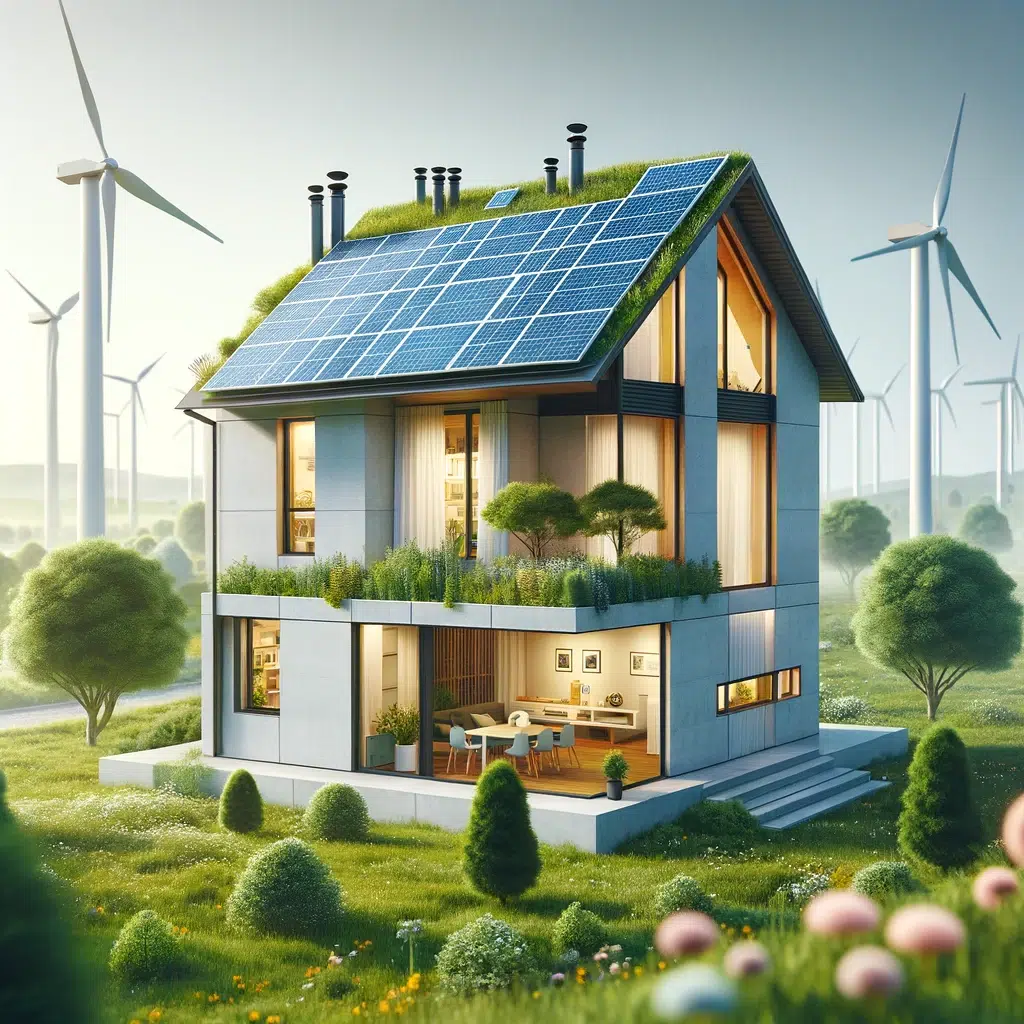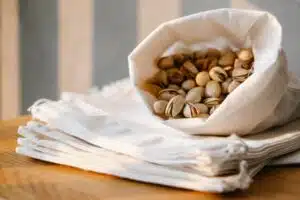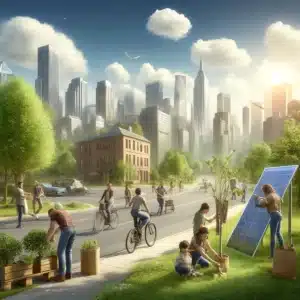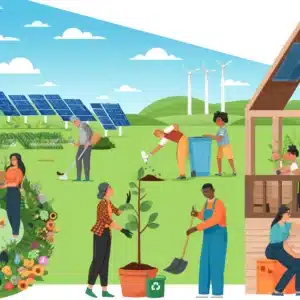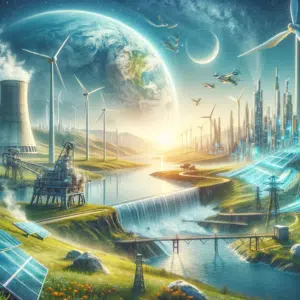Eco-Efficient Homes: Building Blocks for a Sustainable Future
With mounting concerns over environmental conservation and sustainability, it’s high time we step up our game in green living— and this is where eco-efficient homes come into the picture.
Understanding Eco-Efficiency
So, what are eco-efficient homes? Quite simply, these are residential spaces designed to minimize environmental impact by emphasizing energy efficiency and reducing waste.
The Evolution of Eco-Efficient Homes
Eco-friendly home designs have come a long way since their inception, graduating from being a niche market to now becoming an integral part of the mainstream architectural landscape. It’s no longer just about planting a few trees or using organic materials— eco-efficiency covers a wide spectrum of sustainable living aspects.
Key Features of Eco-Efficient Homes
Solar Power
Solar power is among the most renowned features of an eco-efficient home. Solar panels harness energy from the sun and convert it into electricity, thereby reducing overall power consumption and carbon footprint.
Energy-Efficient Appliances
Energy-star certified appliances not only consume less energy but also help in saving a significant amount in utility bills.
Water Conservation
This involves using rainwater harvesting systems and greywater recycling to meet non-potable water requirements.
Insulation
Proper insulation is crucial as it helps in maintaining the home’s temperature, thus reducing the need for heating or cooling systems.
How To Create An Eco-Efficient Home
Now that we have some understanding of what eco-efficiency involves let’s look at ways to create an eco-efficient home.
Energy Audit
An initial power measurements exercise will provide a baseline to measure your eco-efficiency improvements.
Green Materials
Opt for sustainable construction materials like reclaimed wood, recycled metal, or insulation materials made from recycled materials.
Install Low-Flow Fixtures
These fixtures, including showerheads and taps, use less water compared to traditional ones while providing the same utility.
Incorporate Natural Elements
Maximize natural daylight and promote ventilation to reduce dependency on artificial light and cooling systems.
The Future of Eco-Efficient Homes
With advancements in technology and growing environmental consciousness, the future of eco-efficient homes looks promising. From smart homes that optimize energy use to self-sustaining residential spaces that generate their own power— the possibilities are endless.
Conclusion
Eco-efficient homes are more than just a trend; they are a lifestyle choice for those who understand their environmental responsibilities. And with the growing emphasis on sustainability, they are indeed the building blocks of our sustainable future.
FAQs
- 1. How does an energy audit help in creating an eco-efficient home?
- An energy audit provides you with a comprehensive look at your home’s energy use, including identifying areas where energy is wasted and where it can be saved.
- 2. Can adding insulation to an existing home make it eco-efficient?
- Yes, insulation regulates the temperature within your home, reducing the need for artificial heating or cooling systems, thus increasing its eco-efficiency.
- 3. How does using low-flow fixtures contribute towards eco-efficiency?
- Low-flow fixtures use less water to deliver the same functionality as regular fixtures, thus reducing water waste and improving the home’s eco-efficiency.
- 4. What makes solar panels a key feature of eco-efficient homes?
- Solar panels utilize renewable solar energy to generate electricity, reducing dependency on grid power and decreasing the home’s carbon footprint.
- 5. Are eco-efficient homes more expensive to build?
- While the initial cost might be higher due to the cost of sustainable materials and technology, the long-term savings on energy bills make this a cost-effective choice in the long run.

